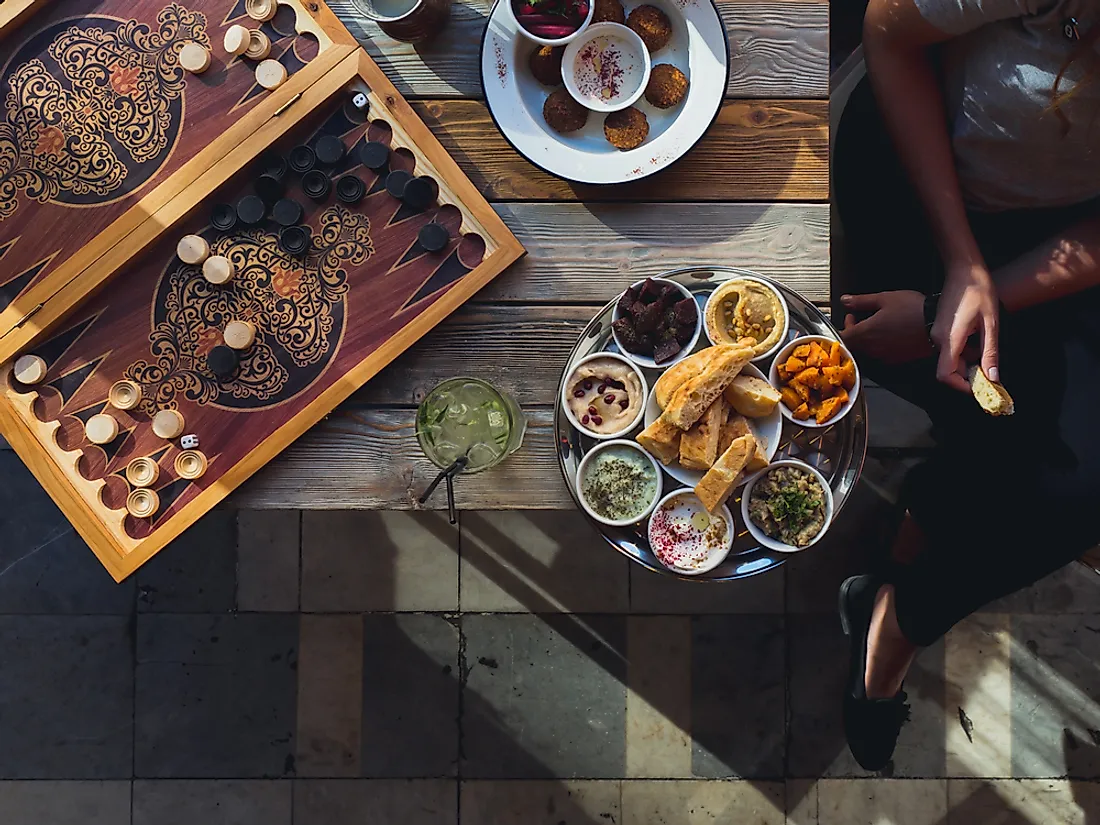Lebanese Culture, Customs and Traditions

Lebanon is a small nation in Western Asia occupying slightly over 4,000 square miles. Lebanon is centrally located where it acts as a link between European nations and West Asian nations. Lebanon has an estimated population of six million residents. Most Lebanese people have Arabic ancestry. Nonetheless, due to immigration in the early days, the country has many people with European and Asian origins.
3. Lebanese Art
The art of Lebanon is quite diverse. The country has a wealth of art, some of which has been preserved from the days of Phoenician occupation in 400 BC. A collection of Lebanese photographs are kept in the Arab Image Foundation. One of the most famous Lebanese painters, Moustafa Farroukh, displayed his paintings in New York, Paris, and Beirut. The country has also produced some of the greatest poets such as Khalil Gibran who is ranked as the third-best poet of all time. Lebanese music is mostly a blend of western sounds and traditional Arabic styles. The music is popular in Lebanon as well as in some western nations. Lebanese art has greatly influenced the art scene in the Arab world due to its diversity and modern appeal. As a result, most Lebanese artists have international recognition.
2. Lebanese Clothing
Western fashion heavily influences Lebanese clothing and fashion, particularly in the urban areas. The trend is attributed to the influx of immigrants into the country in the past few years. Lebanon hosts thousands of expatriates and refugees, most of whom have settled in the cities. The country also attracts international tourists mainly from the west who visit and influence Lebanese mode of dressing. In the rural communities, the traditional mode of dressing is still observed. Women wear long dresses while the men wear baggy trousers and colorful jackets.
1. Lebanese Traditions
Lebanese culture is one of the most diverse cultures in the Arab region. The country has a rich culture which is mainly borrowed from different groups of people who lived in the region in the past. Some of the influencers of Lebanese culture are Phoenicians, Assyrians, Romans, Ottoman Turks, Greeks, Persians, Arabs, and the French. These people influenced Lebanese art, literature, music, cuisine, religion, and architecture. The diverse attributes are seen in everyday living in Lebanon. For example, Lebanese cuisine is closely linked to cuisines of its Mediterranean neighbors such as Greece, Turkey, Syria, and Cyprus. The meals include pita bread, hummus, pasta, and savory meals known as mezze. Arabic coffee, wine, and local beer are also favorite drinks in Lebanon.
Lebanese people are the most religiously diverse people in the Middle Eastern region. More than half of the people practice Islam while 40 percent of the residents practice Christianity. The remaining minority groups practice Buddhism, Hinduism, Mormonism, and Judaism. The country allows religious freedom among its citizens, and it has registered 18 different religious groups. Lebanese traditional stories have close links to other western stories such as the Greek hero Adonis. It is not uncommon to hear people quote proverbs in Lebanon.











